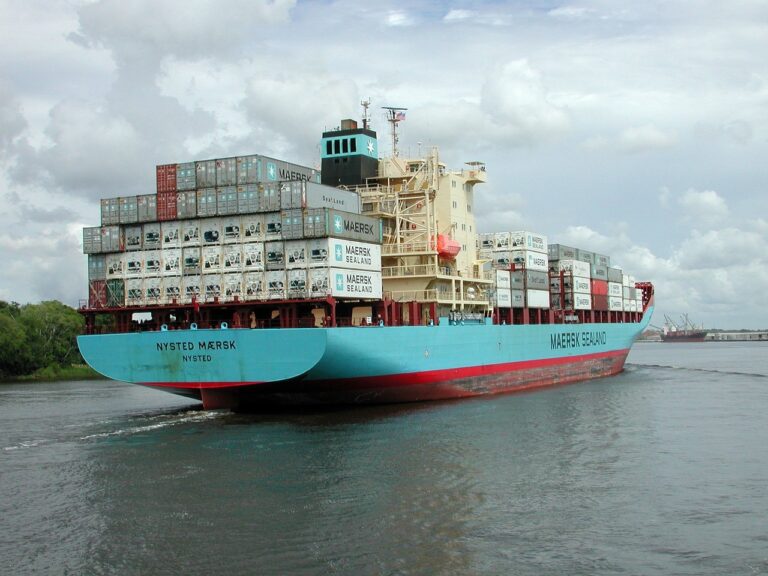Navigating Supply Chain Disruptions in a Globalized Market
Supply chain disruptions have become increasingly prevalent in today’s market due to a variety of factors. Economic uncertainties, natural disasters, and global pandemics are among the top contributors to these disruptions. The interconnected nature of supply chains means that a disruption in one part of the world can have a ripple effect across the entire network, leading to delays in production and distribution.
Companies are also facing challenges in managing their supply chains efficiently in the face of rapidly changing consumer demands. The rise of e-commerce and the shift towards just-in-time inventory systems have added complexity to supply chain management, making it more vulnerable to disruptions. As a result, businesses are under pressure to adopt agile and flexible supply chain strategies to navigate the uncertainties of the current market landscape.
Understanding the Impact of Globalization on Supply Chains
Globalization has significantly reshaped the landscape of supply chains in today’s market. The interconnectedness of economies and the ease of international trade have allowed companies to access a broader range of suppliers and markets. As a result, supply chains have become more complex and vulnerable to disruptions caused by factors on a global scale.
One of the key impacts of globalization on supply chains is the increased exposure to risks from political instability, natural disasters, and economic uncertainties in different regions. Companies now need to carefully monitor geopolitical events and anticipate potential disruptions to ensure the resilience of their supply chains. Additionally, the reliance on distant suppliers and the extended network of partners have made it challenging to maintain transparency and traceability throughout the supply chain.
Identifying Common Causes of Supply Chain Disruptions
Supply chain disruptions can stem from various factors, starting with natural disasters. Events like hurricanes, earthquakes, and floods can wreak havoc on supply chains by damaging infrastructure, disrupting transportation networks, and causing delays in production and delivery. These unforeseen circumstances highlight the importance of implementing robust risk management strategies to mitigate the impact of such disruptions on operations.
Another common cause of supply chain disruptions is the lack of transparency and visibility across the entire supply network. Inadequate communication and information sharing among stakeholders can lead to misalignment in inventory levels, production schedules, and demand forecasts. As a result, any discrepancies or delays in one part of the supply chain can quickly cascade down the line, causing widespread disruptions and delays.
What are some challenges of supply chain disruptions in today’s market?
Some challenges include unexpected natural disasters, geopolitical issues, supplier bankruptcies, and transportation delays.
How does globalization impact supply chains?
Globalization can lead to longer and more complex supply chains, increasing the risk of disruptions due to factors such as political instability, currency fluctuations, and trade restrictions.
What are some common causes of supply chain disruptions?
Common causes include inventory shortages, production delays, quality issues, labor disputes, and cyber attacks.
How can companies mitigate the risk of supply chain disruptions?
Companies can mitigate risk by diversifying their supplier base, investing in technology for real-time visibility, conducting risk assessments, and developing contingency plans.
Why is it important to proactively identify and address potential causes of supply chain disruptions?
Proactively identifying and addressing potential causes of disruptions can help minimize their impact on operations, reduce costs, maintain customer satisfaction, and protect the company’s reputation.







